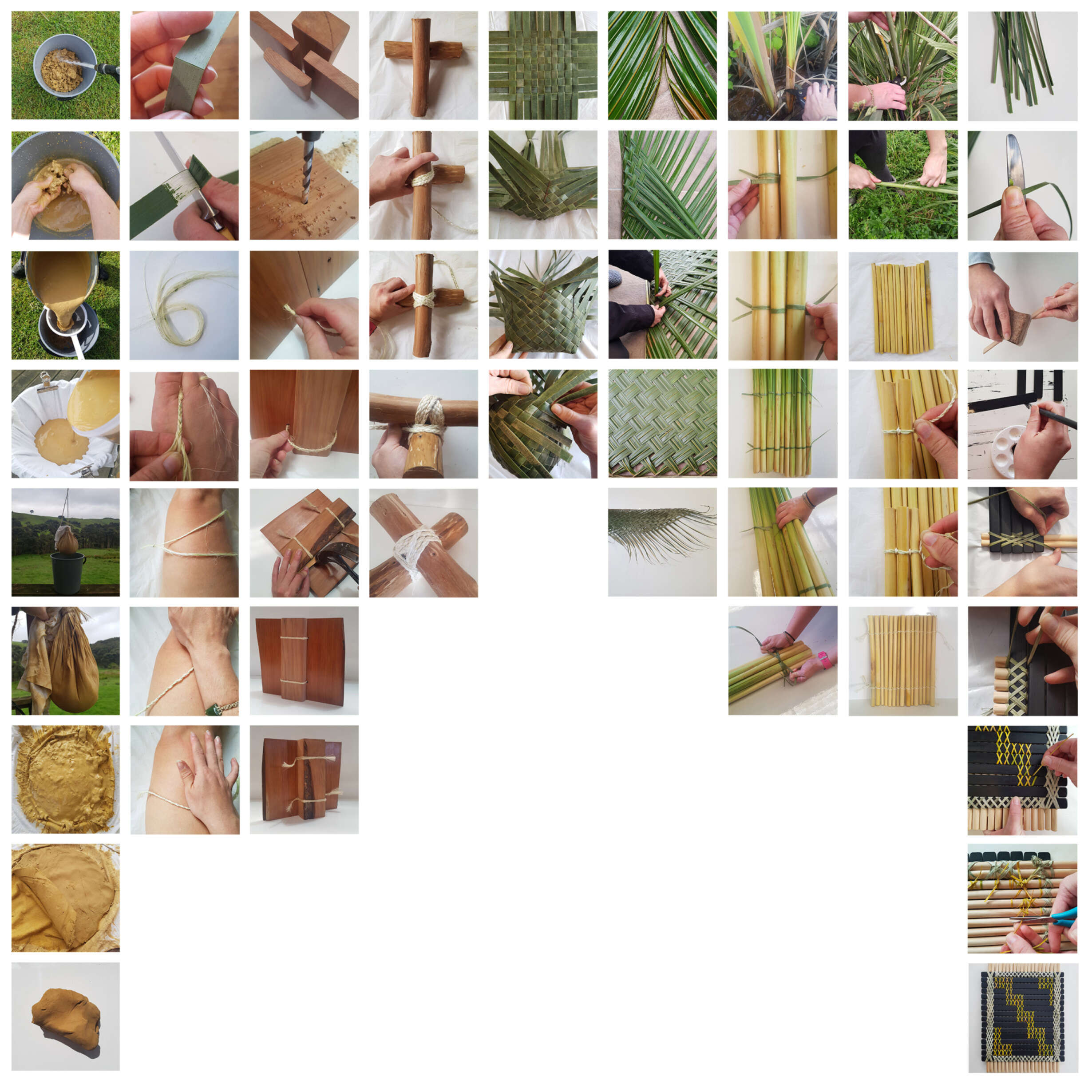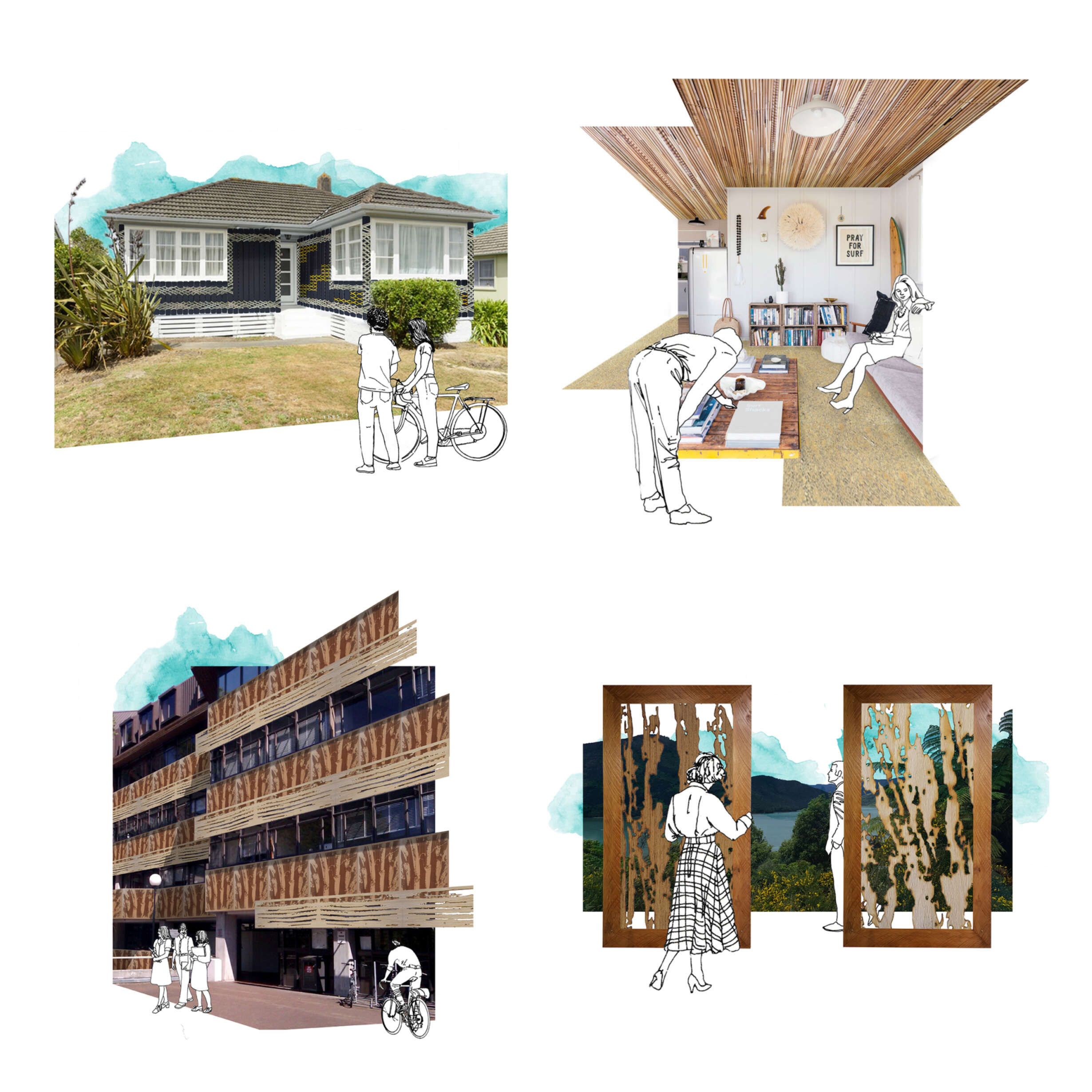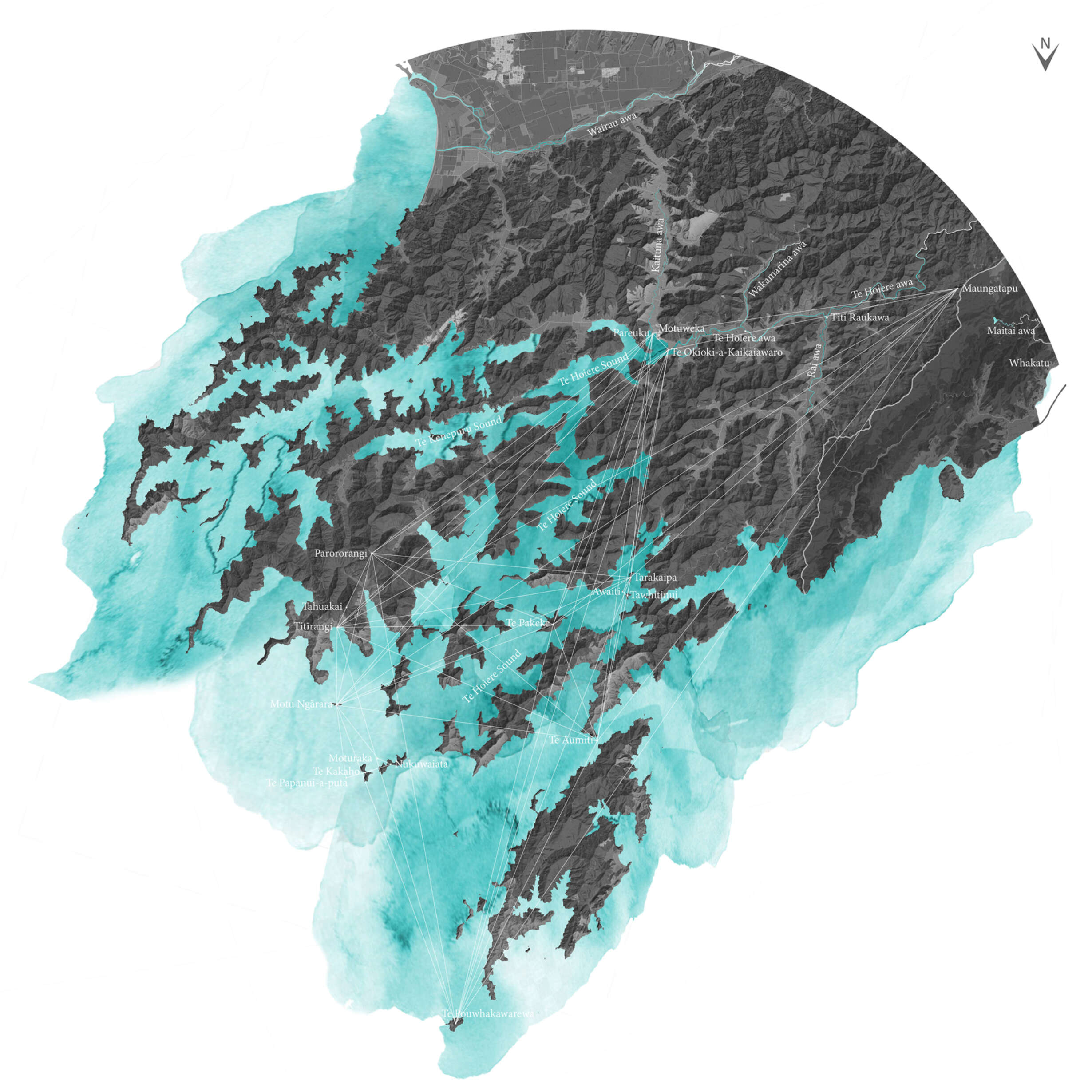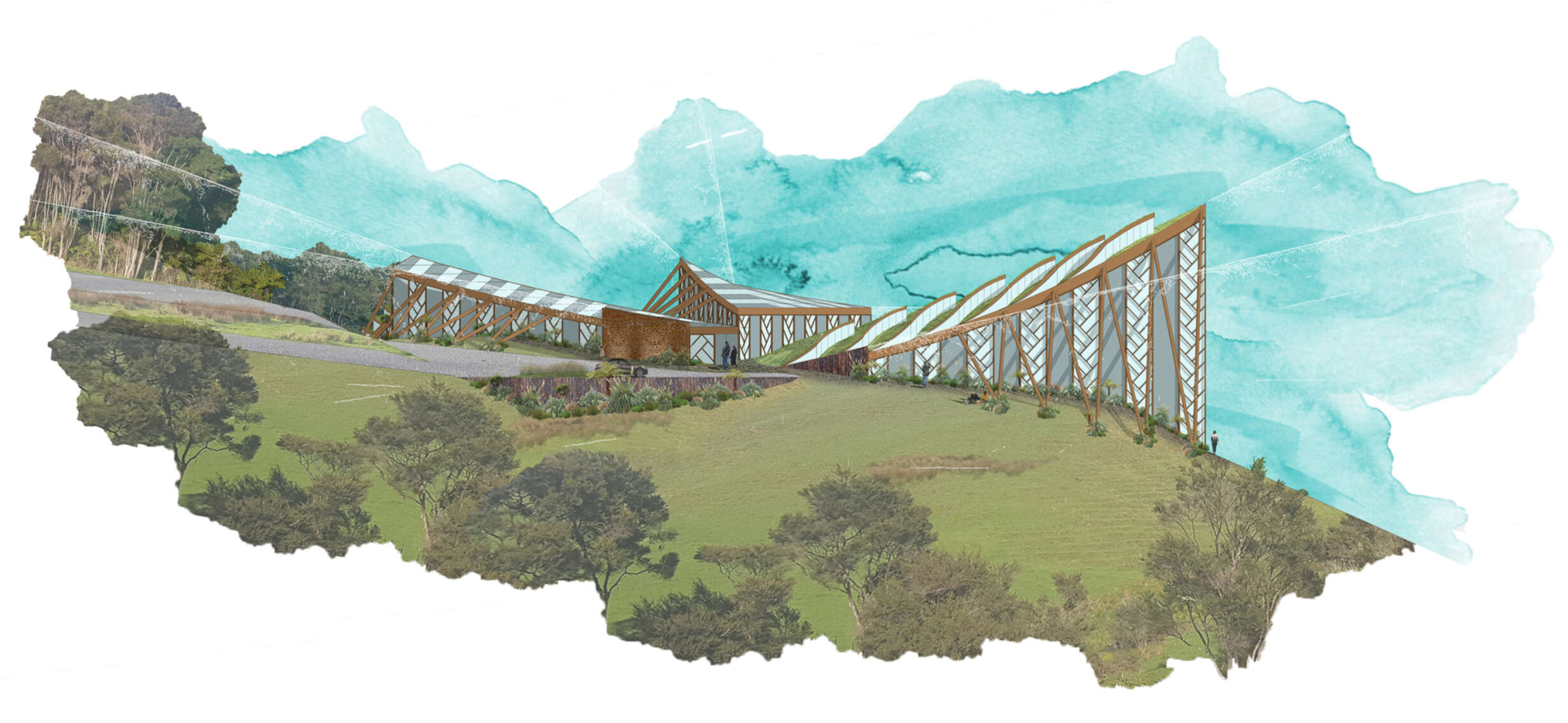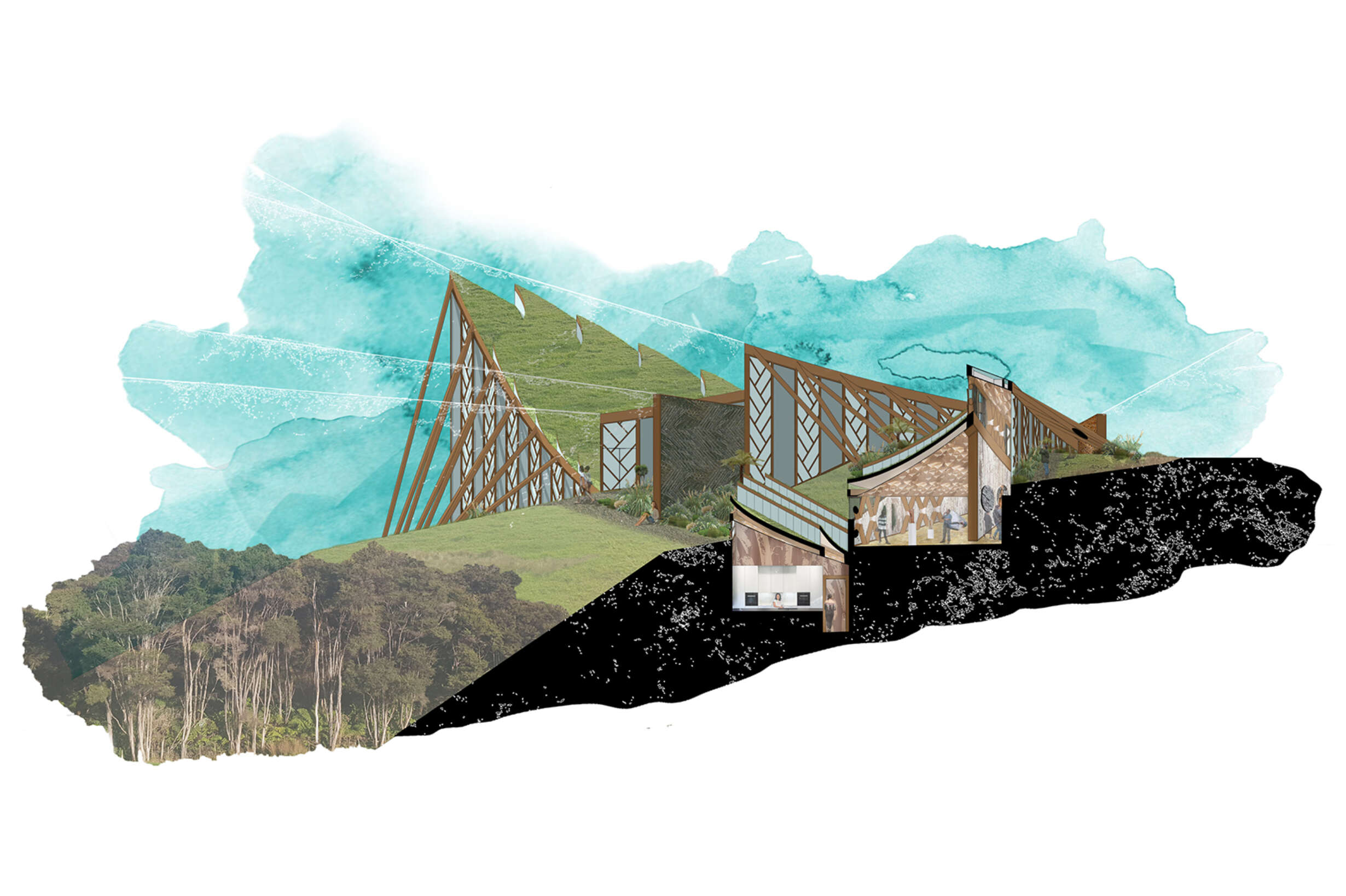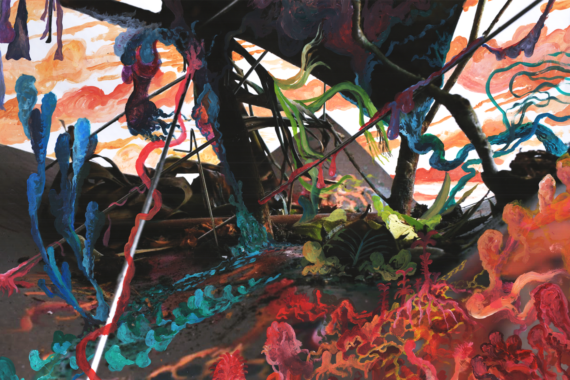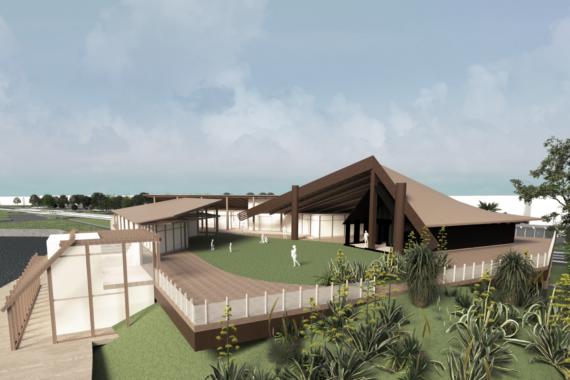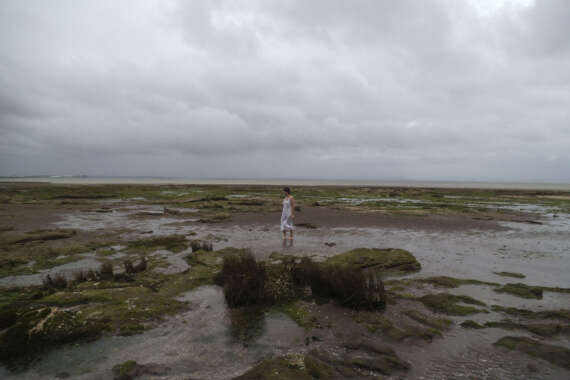Taonga o te Whenua: Material Healing of the Land
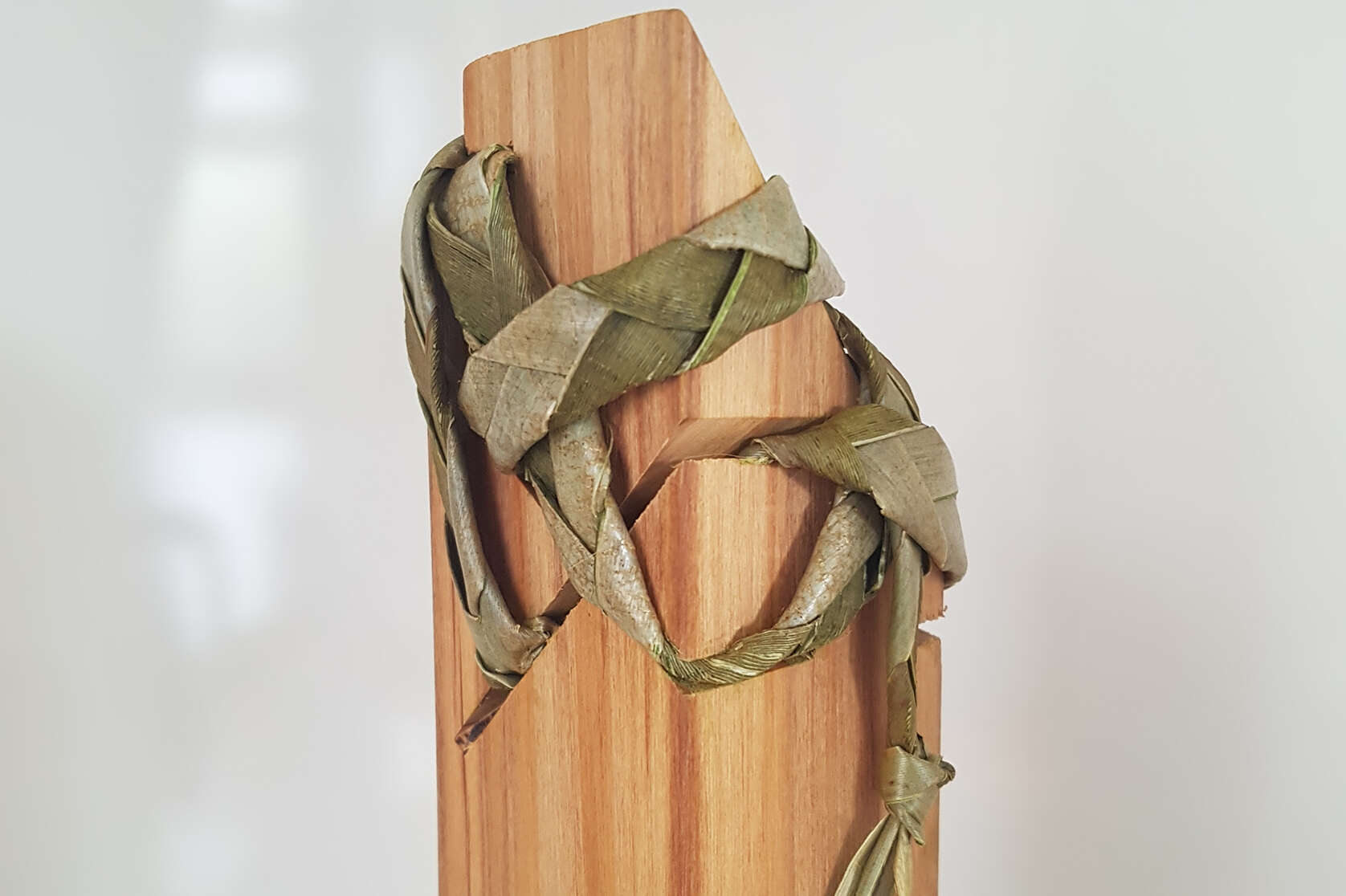
In Aotearoa New Zealand there is a common Māori narrative of the loss of culture, knowledge and land, causing generations of indigenous dysphoria as a result of colonisation. This process has diminished one of the fundamental and vital areas of their culture - the architecture.
Though the Western world admired the ‘exoticness’ of these structures, it was also the governing infrastructure that aimed to undermine all Māori building typologies and ways of living.
The contemporary buildings of Aotearoa reflect a primarily Westernised world, lacking any acknowledgement of the pre-colonial architecture that was shaped by the whenua (land and its natural resources).







